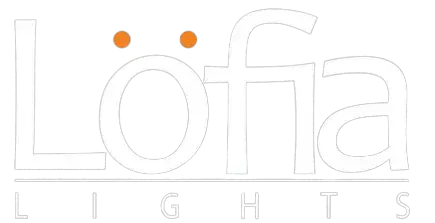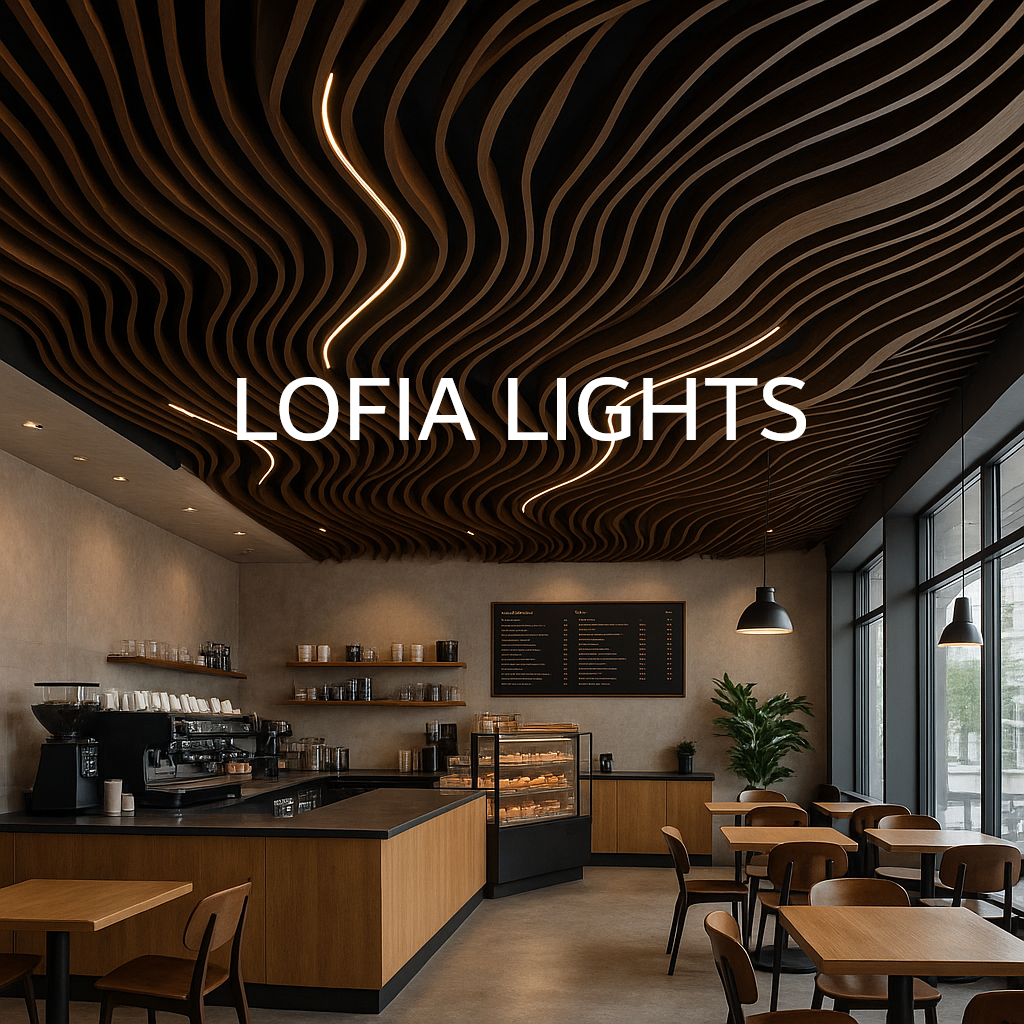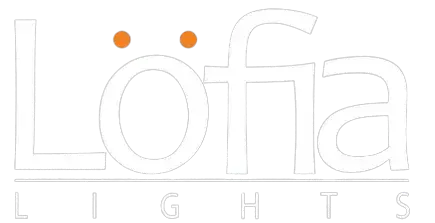False ceiling design for coffee shop interiors is a smart way to combine aesthetic appeal with practical performance. Beyond hiding wires and ducts, a trendy false ceiling transforms how your café looks, feels, and sounds.
In today’s competitive café culture, where atmosphere is just as important as the menu, a well-designed ceiling helps define your brand, improve customer comfort, and even reduce energy costs.
Whether you’re opening your first coffee spot or revamping an existing one, the ceiling can become the defining feature that sets your space apart.
Why the Ceiling Matters in Coffee Shop Interior Design?
A thoughtfully planned false ceiling design for coffee shop spaces can dramatically impact how your customers perceive your business.
From managing noise with an acoustic ceiling for café environments to enhancing ambience with smart lighting with false ceiling in coffee shop interiors, the right setup can turn a basic layout into a vibrant, engaging space.
What is a False Ceiling?
A false ceiling—also called a drop ceiling or suspended ceiling—is a secondary ceiling hung below the structural ceiling. It serves both decorative and functional roles, helping café owners:
- Hide mechanical systems (wiring, ductwork)
- Improve lighting design and sound insulation
- Support energy efficiency through insulation
- Add shape, texture, or branding elements
Common materials for commercial false ceiling design ideas include:
- Gypsum (lightweight, easy to shape, fire-resistant)
- POP (Plaster of Paris) (great for curved and detailed designs)
- PVC (moisture-resistant and budget-friendly)
- Wood (ideal for warmth and artisan-style cafés)
- Metal (durable and industrial-themed)
For more inspiration, explore our guide to architectural lighting Dubai to see how ceiling design and lighting can work together seamlessly.
Best False Ceiling Materials for Coffee Shops: Pros & Cons
| Type | Pros | Cons |
| Gypsum Ceiling | • Lightweight and easy to install • Smooth finish and fire-resistant • Great for modern, clean designs |
• Can crack with long-term moisture exposure • Not ideal for humid areas unless moisture-resistant boards are used |
| POP Ceiling | • Highly malleable—perfect for curves and intricate designs • Seamless finish • Durable with proper care |
• Longer installation time • Can crack due to vibration or poor mixing |
| PVC Ceiling | • Waterproof and termite-resistant • Easy to clean and low maintenance • Great for kitchens, bathrooms, and budget designs |
• May look less premium due to plastic appearance • Limited design flexibility compared to gypsum or POP |
Bottom of Form
Conclusion: Each ceiling type offers its own advantages. While POP is perfect for decorative looks, gypsum balances affordability and style, and PVC excels in durability and water resistance. For most use cases—especially in commercial cafés—gypsum false ceilings offer the best mix of style, functionality, and long-term value.
Why Choose a False Ceiling for Your Café?
Acoustic Comfort
Installing an acoustic ceiling for café environments reduces echo and ambient noise. This creates a relaxed, cozy environment perfect for conversations, studying, or remote work.
Customizable Lighting
With a suspended structure, you can layer your lighting plan—integrating downlights, spotlights, and hidden LEDs to match your brand’s vibe. Good lighting with false ceiling in coffee shop zones sets the mood and guides customer flow.
Energy Efficiency
By lowering the ceiling height, you reduce the area that requires heating and cooling—cutting utility costs over time.
Modern Style with Branding Power
Ceilings are often underused, yet they offer vast design opportunities. With clever layouts and finishes, you can bring in your café’s personality—whether that’s earthy, elegant, minimal, or eclectic.
Trendy False Ceiling for Coffee Shop: Styles to Explore
1. Industrial with a Twist
Exposed elements meet function. Leave ducts and beams visible while adding suspended black grid panels, soft lighting, and concrete textures.
2. Wooden Slatted Ceilings
Use narrow wood slats with recessed lighting or Edison bulbs for a cozy, earthy vibe. This is ideal for slow-drip, artisan-style cafés.
3. Minimalist Cove Lighting
Add floating gypsum panels with integrated warm-white LED strips. This style makes the space feel calm, modern, and clutter-free.
4. Geometric POP Designs
Create visual interest with layered, shaped ceiling cutouts and bold, directional lighting. This modern look works well in small urban cafés looking to stand out.
5. Sustainable Bamboo Panels
For eco-conscious brands, bamboo or recycled material panels deliver natural aesthetics and align with green values.
If you own a house with garden in Dubai, check out our guide to the best garden lighting Dubai to transform your outdoor space beautifully.
How Much Does a False Ceiling Cost for a Coffee Shop?
Designing a ceiling doesn’t need to blow your budget. Here’s a general price guide (based on material and region):
| Material | Cost per sq. ft. (approx.) | Notes |
| Gypsum | $3 – $5 | Lightweight, versatile, affordable |
| PVC Panels | $2 – $4 | Best for low-maintenance and moisture areas |
| POP | $4 – $6 | Good for curves, moldings |
| Wood Slats | $6 – $12+ | Adds warmth; more premium |
| Metal Grids | $5 – $10 | Strong, industrial finish |
Pro Tip: For a budget-friendly false ceiling design, stick with gypsum or PVC for the structure and use lighting or paint to add personality.
Modern False Ceiling for Coffee Shops: Wood + Light for Cozy Ambience
This popular café ceiling concept blends wooden slats with floating gypsum coves. Add warm, indirect LED lighting and hang pendant bulbs above seating zones.
Why it works:
- Adds warmth and texture
- Supports acoustic ceiling features
- Can be adapted for different layouts
- Looks premium while staying within a reasonable budget
Estimated Cost: $6–$10 per sq. ft. (depending on wood type and lighting setup)
Common Mistakes When Choosing a Commercial Coffee Shop Ceiling
1. Ignoring Acoustics
Choosing style over sound often backfires. Hard, echo-prone ceilings can ruin the cozy café vibe.
2. Overdesigning in Low Spaces
Bulky layered ceilings in a low-height shop can make the space feel cramped.
3. Neglecting Lighting Integration
Forgetting to pre-plan lighting with false ceiling in coffee shop interiors leads to clumsy, inefficient setups or expensive rework.
4. Choosing Style Over Maintenance
Fancy wooden elements look great but can warp or stain if not maintained. Always consider humidity and cleanability.
5. Overspending on Non-Priority Zones
It’s easy to blow your budget on areas customers barely notice. Focus ceiling design where customers gather or linger most.
Tips: How to Design a Modern False Ceiling for a Café?
If you’re wondering how to design a modern false ceiling for a café, follow these steps:
- Define your style and theme
- Assess the space layout and height
- Choose materials that match both brand and budget
- Work with a lighting consultant early
- Add acoustic features where needed
- Include ceiling details in your branding (colors, texture)
How to Improve Café Ambiance with Ceiling Design?
Ceilings can make or break your ambiance. Here’s how to improve café ambiance with ceiling design:
- Use soft lighting to encourage longer stays
- Choose warm, natural materials like wood or textured panels
- Add ceiling-mounted sound baffles for noise reduction
- Visually divide spaces with different ceiling heights or finishes
- Highlight special areas (like the barista counter) with bold ceiling accents
Final Thoughts
A smart false ceiling design for coffee shop interiors enhances atmosphere, reduces noise, controls lighting, and expresses your brand identity. Whether you’re after commercial false ceiling design ideas or building a boutique café with a personal touch, your ceiling deserves serious attention.
From acoustic ceiling for café comfort to budget-friendly false ceiling design strategies, the right approach brings beauty and function together—without going overboard. And with so many trendy false ceiling for coffee shop styles to choose from, your design can be as creative and inviting as your menu.
If you’re designing a café, don’t miss our expert tips on modern coffee shop lighting in the GCC to create the perfect ambiance.
FAQs: False Ceiling Design for Coffee Shop and Commercial Interiors
What are the requirements for a false ceiling?
The minimum recommended height for installing a false ceiling design for coffee shop or any commercial space is 8.5 to 9 feet from the floor. According to the National Building Byelaws, the ideal ceiling height should be at least 9 feet. For functional areas like garages or utility sheds, 8 feet is acceptable. Adequate ceiling height ensures better air circulation and allows space for insulation, lighting, or acoustic ceiling for café applications.
How to choose a false ceiling design?
When selecting a false ceiling design for a coffee shop, ceiling height is key. For lower ceilings, POP or gypsum ceilings offer a budget-friendly false ceiling design that doesn’t compromise space. For taller spaces or high-end interiors, consider trendy false ceiling for coffee shop environments like PVC or metal finishes. Choose materials and styles that complement the vibe of your café while enhancing functionality.
What are the benefits of false ceiling design?
False ceilings bring several advantages to both residential and commercial false ceiling design ideas:
- Improve visual appeal with clean, contemporary lines
- Help reduce the air volume, improving HVAC performance and lowering energy bills
- Enhance lighting with false ceiling in coffee shop spaces for a cozy ambiance
- Hide messy electrical or plumbing elements
- Absorb sound, creating a quieter space with acoustic ceiling for café settings
They’re especially useful when planning how to improve café ambiance with ceiling design.
How much space should be left for a false ceiling?
For both residential and commercial false ceiling design ideas, leave at least 8 inches between the structural ceiling and the false ceiling. If your room has a 10-foot ceiling, you’ll have optimal space to implement lighting with false ceiling in coffee shop interiors or to install acoustic or HVAC components. This also ensures your budget-friendly false ceiling design maintains airflow and functionality.
How to protect a false ceiling?
Protecting your false ceiling design for coffee shop or home involves three key steps:
- Promptly fix any leaks from roofs or plumbing
- Use moisture-resistant boards, especially in kitchens or bathrooms
- Ensure proper ventilation, especially in humid climates
Following these practices will prolong the life of your trendy false ceiling for coffee shop interiors and prevent future damage.
Can a false ceiling reduce heat?
Yes, a false ceiling reduces heat by creating an insulating air gap between the main ceiling and the room. This is particularly beneficial in coffee shops and cafés, where controlling indoor climate is key to comfort. Additionally, many acoustic ceiling for café setups include insulation that blocks heat and noise—improving the overall experience for guests.
Which material is best for a false ceiling?
Gypsum board is often the top choice for false ceiling design for coffee shop interiors due to its:
- Lightweight nature
- Thermal and sound insulation
- Fire resistance
- Clean, smooth finish
It’s ideal for acoustic ceiling for café layouts and supports various lighting with false ceiling in coffee shop concepts. Gypsum is also a great option for those looking into how to design a modern false ceiling for a café with durability in mind.
What are the three types of ceilings?
The three common ceiling styles used in commercial and café interiors include:
- Exposed Ceiling – An open, industrial look great for minimalist cafés
- Conventional Ceiling – A flat finish, used in basic coffee shops or residential spaces
- Suspended/Drop Ceiling – Popular in commercial false ceiling design ideas for easy maintenance and built-in lighting or speakers
Each type offers design flexibility depending on your space and goals.
What are the problems with false ceilings?
Some potential issues with false ceilings include:
- Gaps leading to heat loss, moisture, or pests
- Water damage if leaks aren’t addressed
- Mold in humid environments without proper ventilation
However, these problems are rare when false ceiling design for coffee shop projects are professionally handled and maintained. Always seal gaps properly and use appropriate materials like moisture-resistant gypsum.
How long will a false ceiling last?
A professionally installed false ceiling design for coffee shop or home use can last 15–20 years or more. Gypsum and POP materials are especially durable and low-maintenance. Even if minor damage occurs due to leaks or external impact, repairs are usually easy and cost-effective—especially for budget-friendly false ceiling design plans.
Is a false ceiling waterproof?
False ceilings are not fully waterproof by default. However, moisture-resistant materials like green gypsum boards are perfect for damp areas like kitchens and bathrooms. For commercial false ceiling design ideas, it’s crucial to pair the right materials with leak protection and ventilation to avoid long-term damage.



